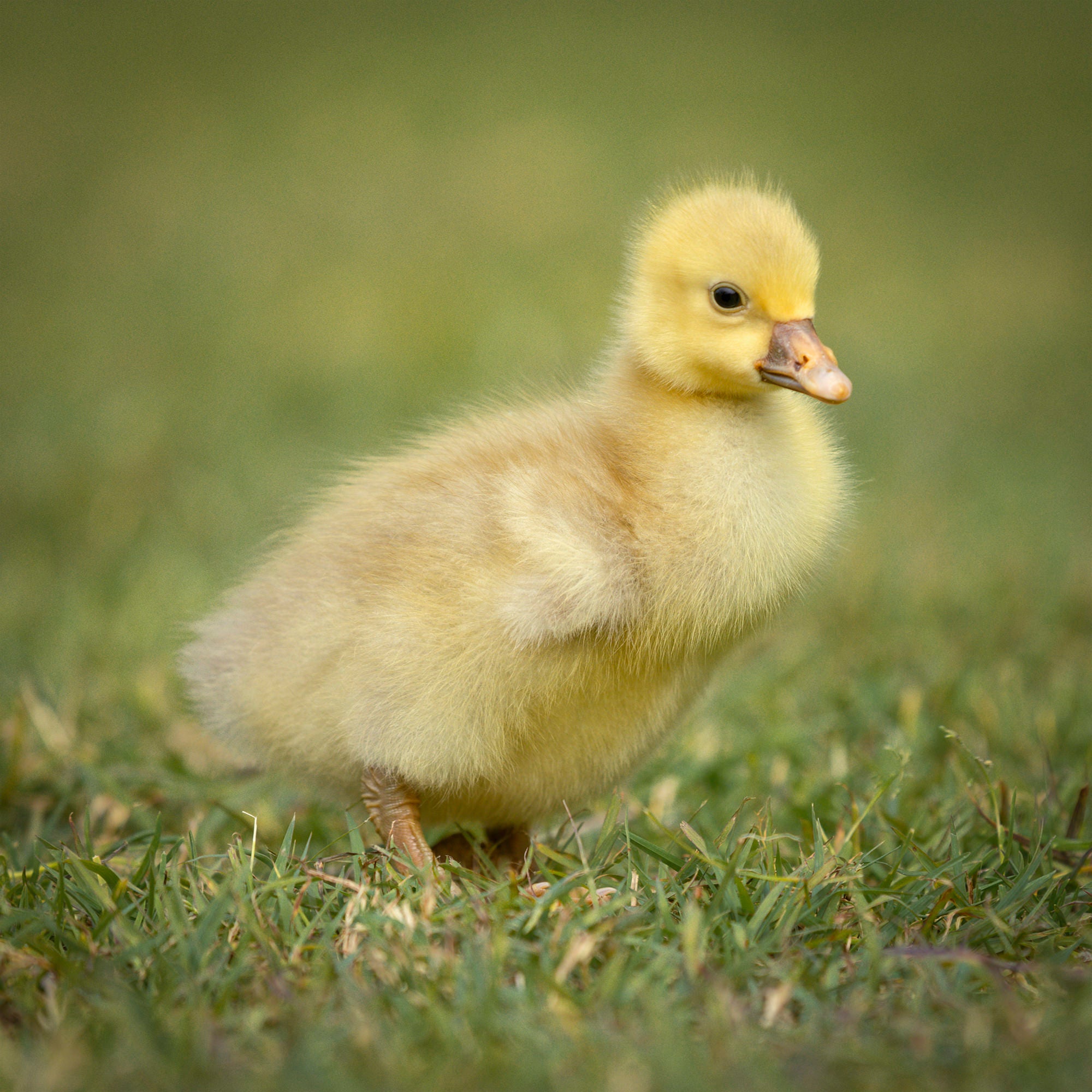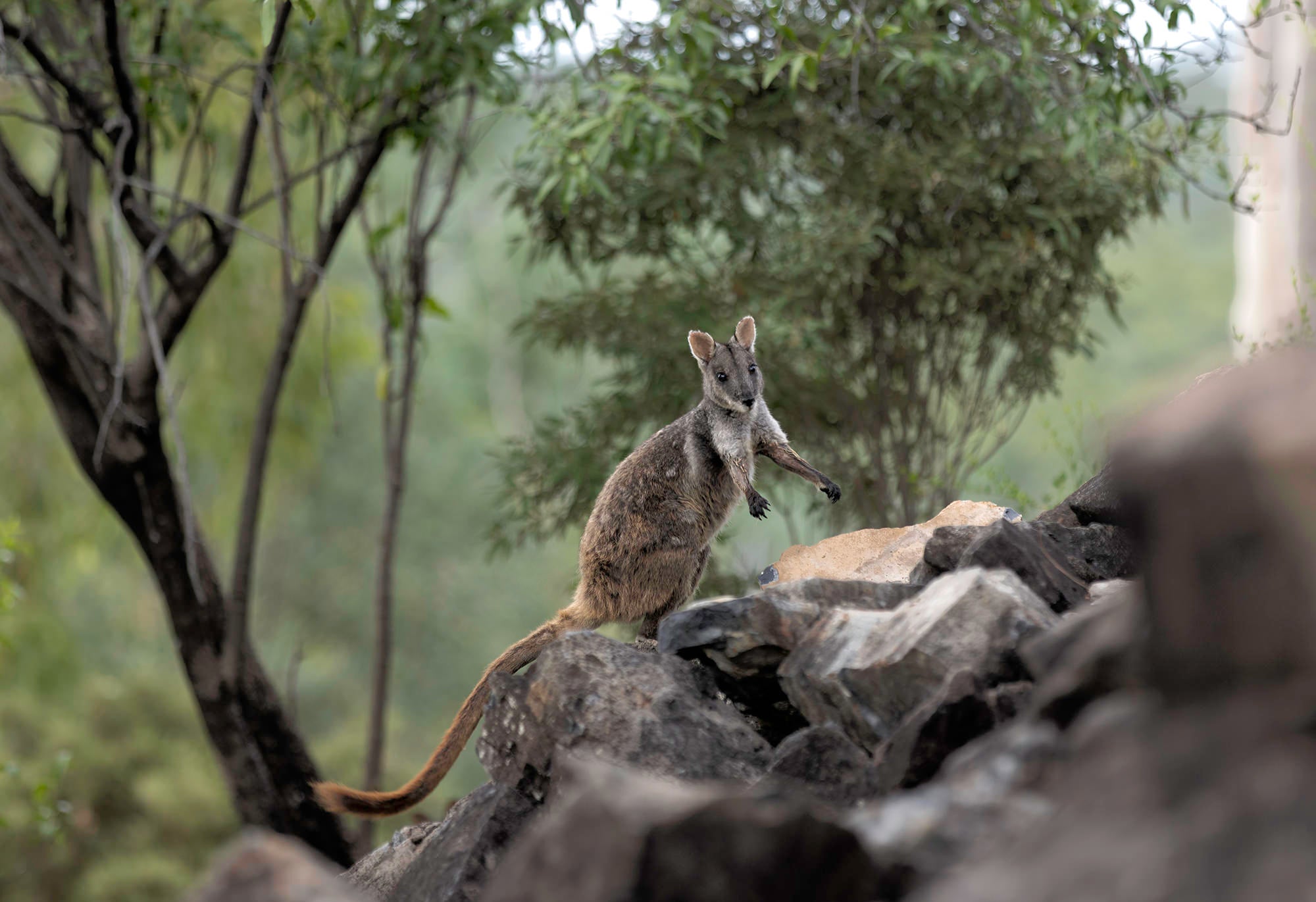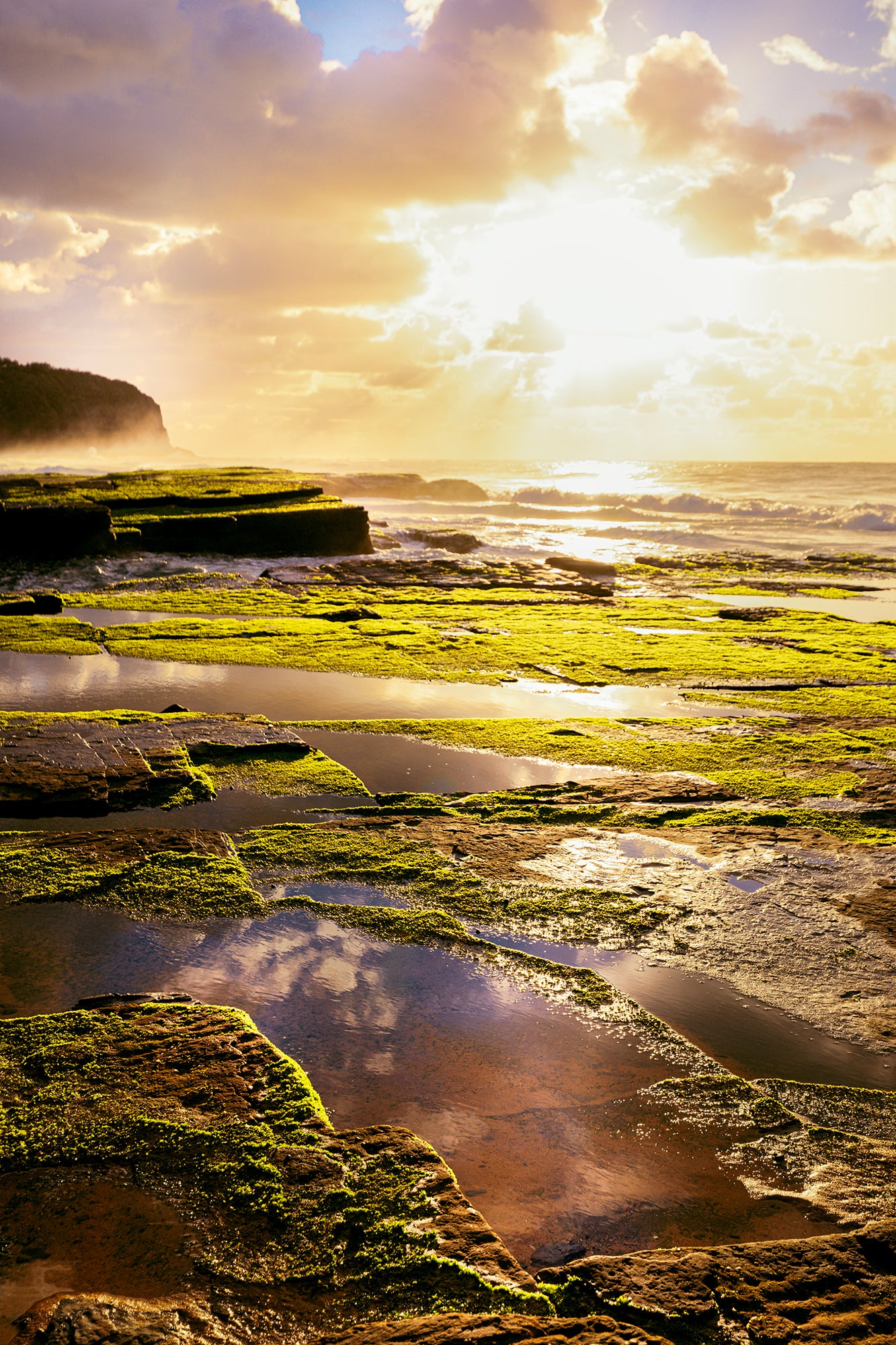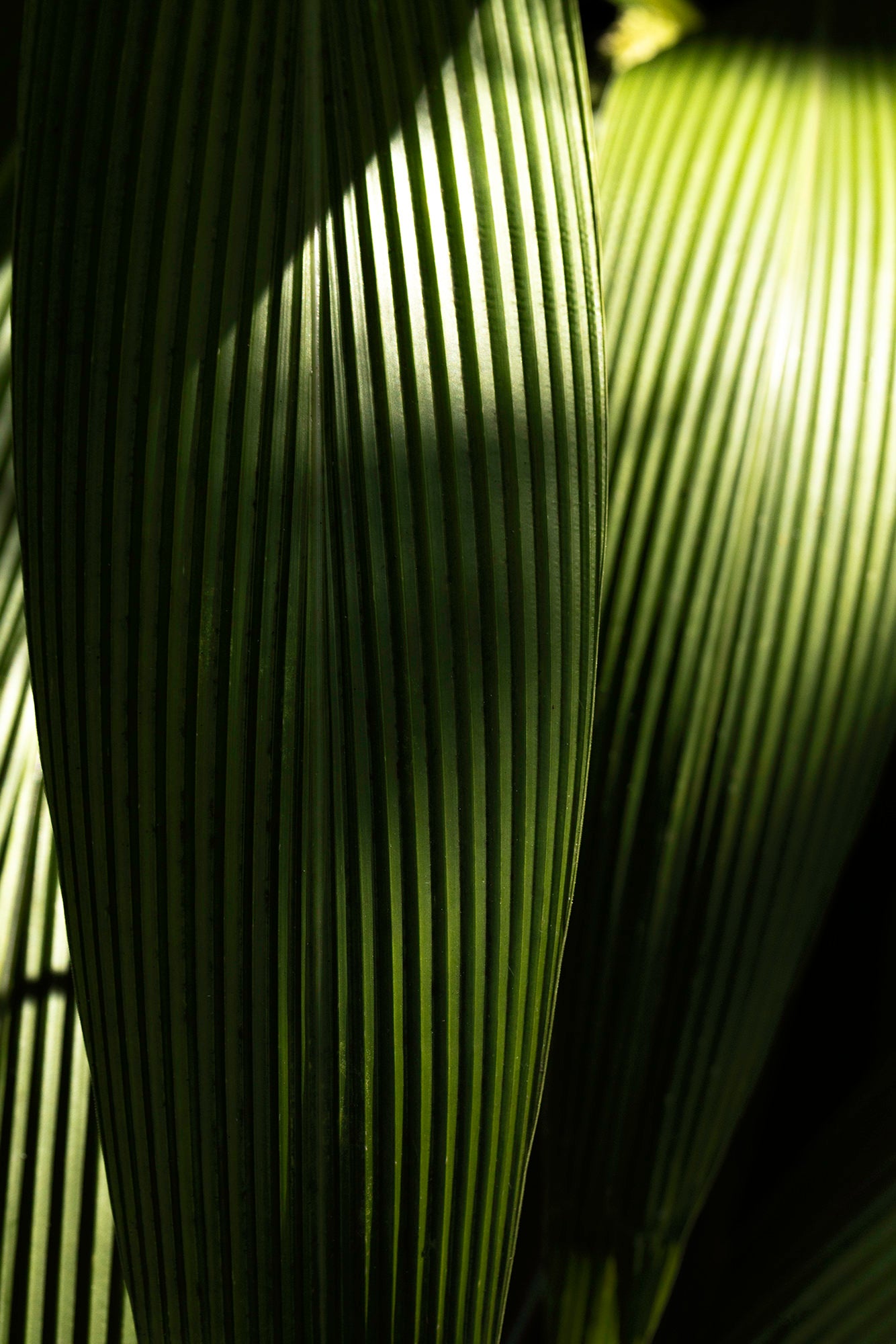Filters
7 products
Brushtail Possum
Sale priceFrom $2,620.00
Golden Gosling
Sale priceFrom $2,255.00
Dew
Sale priceFrom $2,620.00
Rock Wallaby
Sale priceFrom $2,620.00
Turimetta Beach
Sale priceFrom $2,620.00
Leaf
Sale priceFrom $2,620.00
Ocean Drama
Sale priceFrom $2,620.00






